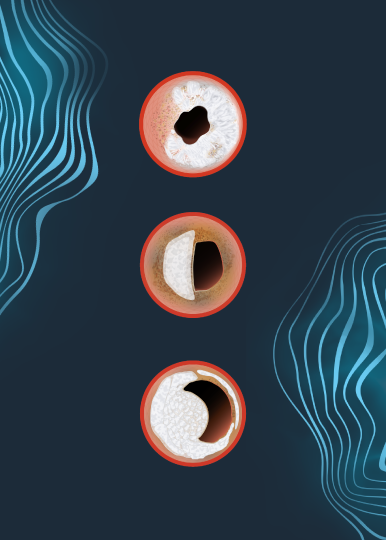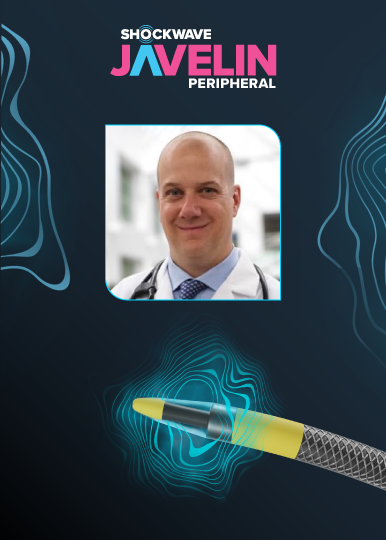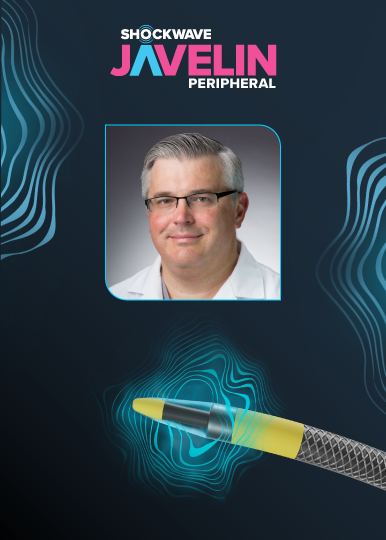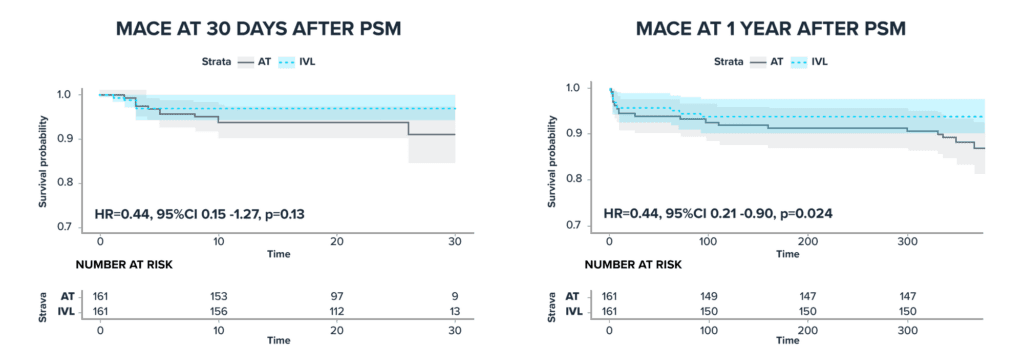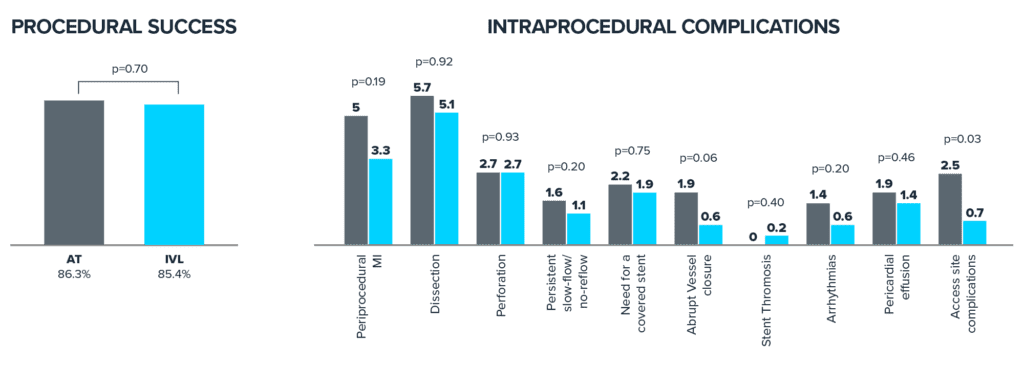Expand Your Toolbox for Treating Challenging Calcium Below the Knee
Watch Dr. Paul Foley and Dr. Mazin Foteh for a virtual case review, moderated by Dr. Leigh Ann O’Banion, as they discuss two of their challenging below-the-knee (BTK) cases using Shockwave Intravascular Lithotripsy (IVL). The webinar showcases detailed case reviews, including the use of innovative technology such as Shockwave Javelin, highlighting its role in modifying challenging calcified lesions.
In this session, Dr. Foley presents a compelling case of an elderly male with limb-threatening ischemia, non-healing ulcers, and extensive calcified arterial disease. The discussion covers preoperative planning, including the importance of duplex ultrasound, CTA imaging, and strategic access approaches—antegrade versus pedal access—to optimize procedural success. The team emphasizes the critical role of intravascular ultrasound (IVUS) in accurately sizing vessels and characterizing plaque, which guides effective treatment choices.
Throughout the webinar, the panel explores various crossing techniques, wire escalation strategies, and the nuances of delivering energy with devices like Shockwave Javelin. They compare different atherectomy and lithotripsy tools, debating the merits of focal versus circumferential calcium modification, and discuss how these technologies can improve vessel compliance and blood flow. The importance of multidisciplinary collaboration, including insights from interventional cardiology and radiology, is also underscored as vital to advancing limb salvage efforts.
Drs. O’Banion, Foley, and Foteh are paid consultants of Shockwave Medical. Views expressed are those of the presenters and not necessarily those of Shockwave IVL.
Shockwave IVL: In the U.S.: Rx only. Prior to use, please reference the Important Safety Information for more information on indications, contraindications, warnings, precautions and adverse events. Please contact your local Shockwave representative for specific country availability.
